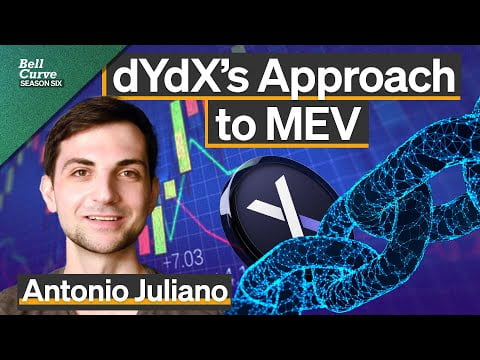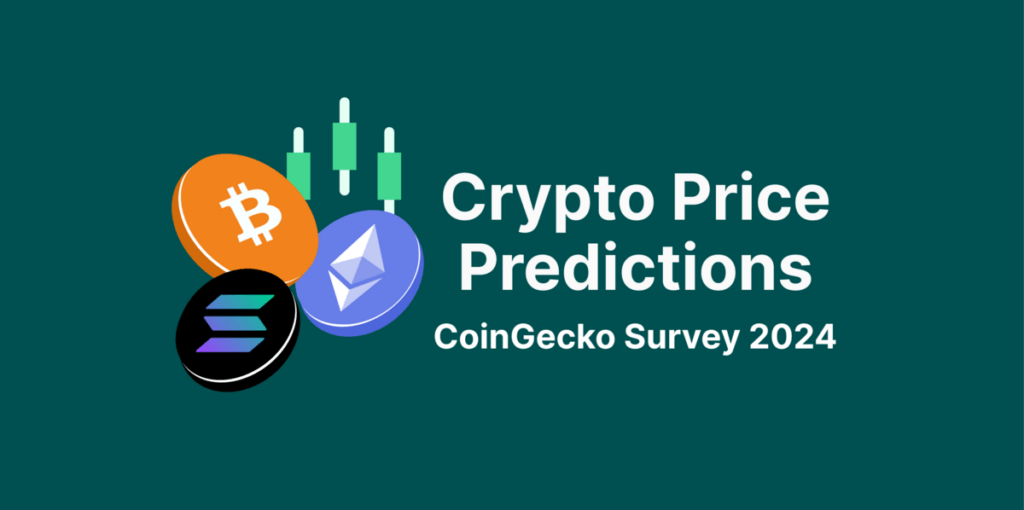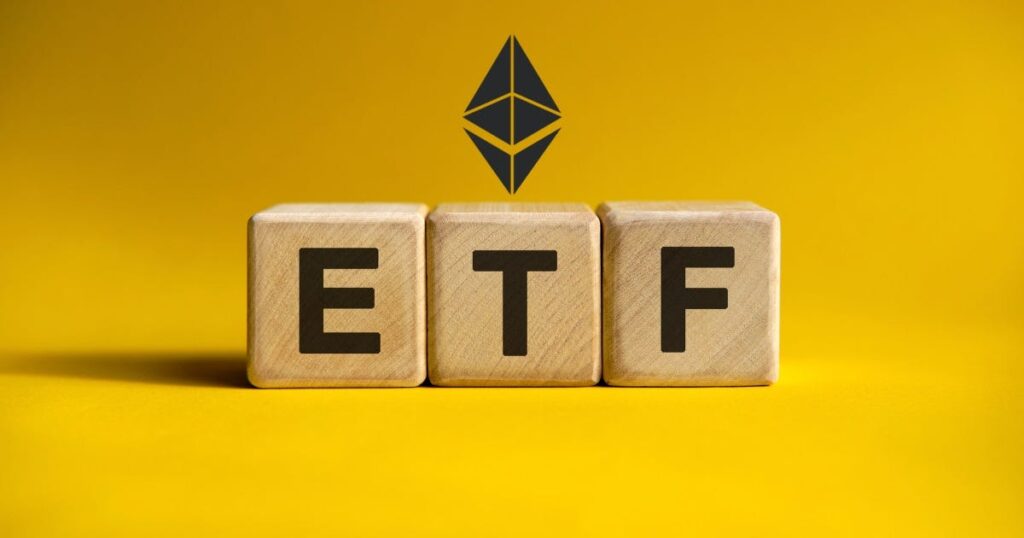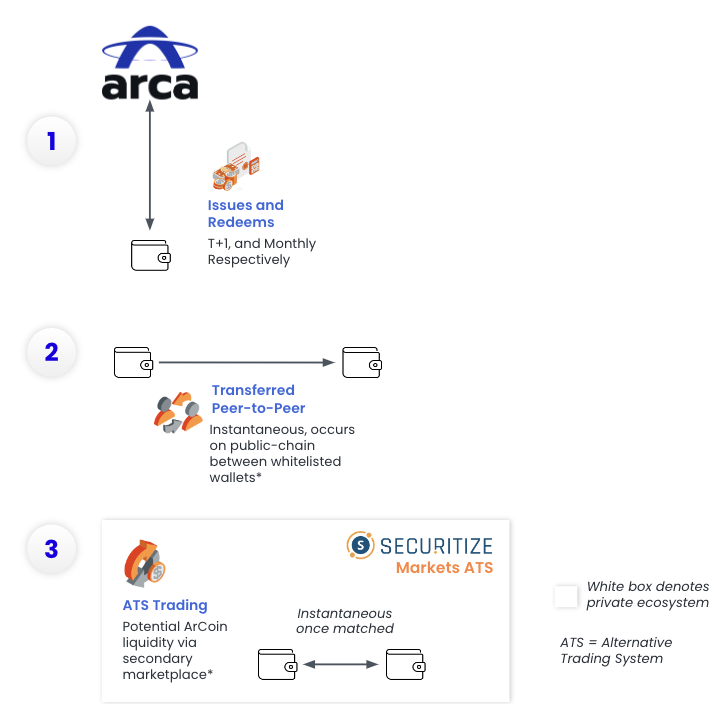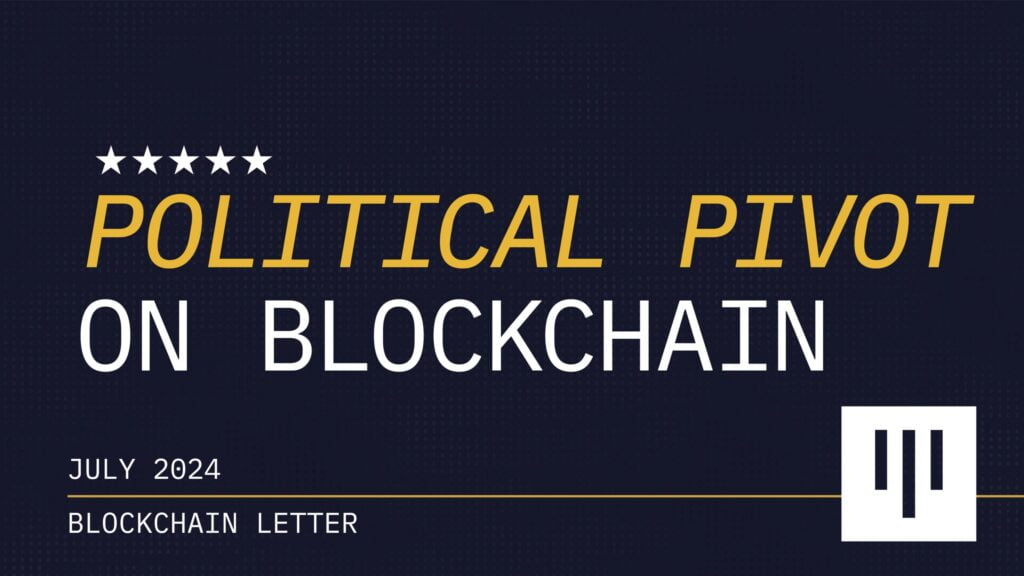Podcast Summary
This podcast episode features Antonio Juliano, founder and CEO of dYdX, discussing the dynamics of decentralized exchanges (DEXs), the mitigation of Maximum Extractable Value (MEV), and the evolution of dYdX from an Ethereum Layer 1 application to a Cosmos app chain. The conversation also explores the importance of decentralization, the challenges and solutions for DeFi platforms, and the potential of app chains to align stakeholders within an ecosystem. The episode concludes with a reflection on the rapid pace of innovation in the crypto finance sector.
Key Takeaways
Decentralized Exchanges and MEV Mitigation
- Understanding MEV: The podcast delves into the concept of MEV and how it differs when validators are part of the dYdX chain itself, as opposed to the Ethereum network. Antonio Juliano explains that app chains have a broader design space for addressing MEV, as they control more of the stack and can better align the incentives of validators, token holders, and users.
- Social Slashing: The episode introduces the concept of social slashing, a mechanism where validators’ trade execution quality is scored and potentially penalized if they consistently perform poorly, indicating possible MEV exploitation or inadequate hardware/software.
- MEV Mitigation: While social slashing is a step towards MEV mitigation, it is not a complete solution, and the app chain space is still exploring effective strategies for MEV prevention.
Decentralization and DeFi Challenges
- Decentralization: The podcast highlights the importance of a tightly coupled stack that integrates with consensus mechanisms and the benefits of having a decentralized network of entities that can be programmed for specific tasks.
- DeFi Challenges: The guest highlights the technical challenges in building DEX derivatives platforms compared to spot exchanges, acknowledging that derivatives are inherently more complex.
- Decentralized Perpetual Contracts: The guest believes that decentralized perpetual contracts can be as robust as centralized ones, with the caveat that understanding the operational differences and risk controls is crucial.
Evolution of dYdX
- Transition to Layer 2: The discussion returns to dYdX’s evolution from an Ethereum Layer 1 (L1) application to a Layer 2 (L2) and eventually to a Cosmos app chain, highlighting the trade-offs and reasons behind these transitions.
- Focus on End-User Product: The guest acknowledges that dYdX’s shift away from Ethereum’s L1 and L2 may reduce composability with other Ethereum apps but emphasizes that focusing on the end-user product is paramount.
- Flash Loans: The guest also reflects on the early days of dYdX, claiming they inadvertently pioneered the concept of flash loans, which have since seen significant usage across the DeFi ecosystem.
Market Share of DEX Derivatives Trading
- Market Share: The podcast episode delves into the market share of DEX derivatives trading, noting that it currently stands at around 2%, with dYdX commanding a significant portion of this market.
- Derivatives vs Options: The discussion suggests that while options may gain more market share in the future, perpetual contracts are likely to remain dominant in the crypto derivatives market for a considerable time.
- Role of Retail Traders: Antonio explains that retail traders prefer simple leverage trading products, recounting how BitMEX initially offered options but pivoted to perpetual contracts due to user demand for straightforward leverage trading.
Rapid Innovation in Crypto Finance
- Fast-Paced Innovation: The podcast episode delves into the rapid pace of innovation in the crypto finance sector, contrasting it with the traditionally slower-moving traditional finance sector.
- Experimental Nature of Crypto: The hosts discuss the experimental nature of crypto, exemplified by Aave’s launch of pre-token futures, allowing trading of assets before they are officially on the market, despite the inherent risks and lack of a reference spot price.
- Product vs Distribution: The hosts explore the strategic positioning of Cosmos projects, noting that many have found success by establishing functional bridges to and from Ethereum, effectively centering themselves within the Ethereum community rather than the Cosmos ecosystem.
Sentiment Analysis
- Bullish: The podcast expresses a bullish sentiment towards the potential of app chains to align stakeholders within an ecosystem and the rapid pace of innovation in the crypto finance sector. The hosts also show optimism about the market share of DEX derivatives trading, noting that it currently stands at around 2%, with dYdX commanding a significant portion of this market.
- Bearish: There is a bearish sentiment towards the technical challenges in building DEX derivatives platforms compared to spot exchanges, acknowledging that derivatives are inherently more complex. The hosts also express concerns about the potential for validators to extract MEV and the ongoing efforts to design systems that address or supplement the need for social sanctions in decentralized networks.
- Neutral: The podcast maintains a neutral stance on the transition of dYdX from an Ethereum Layer 1 (L1) application to a Layer 2 (L2) and eventually to a Cosmos app chain. While acknowledging the trade-offs and reasons behind these transitions, the hosts emphasize the importance of focusing on the end-user product.

